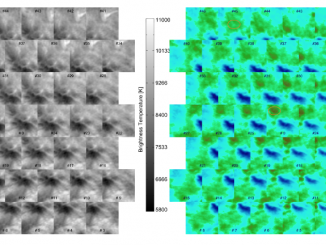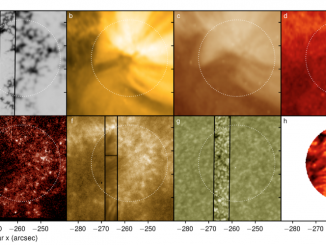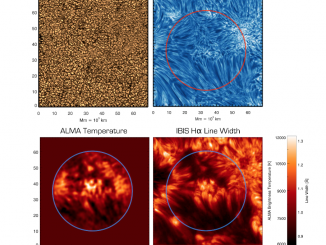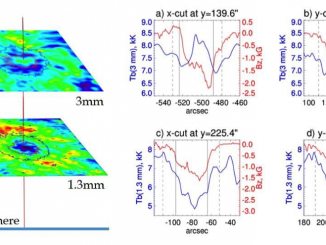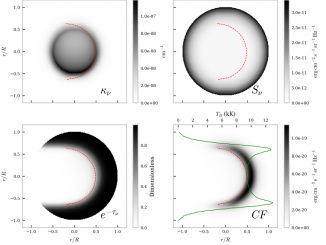Solar Microwave Polarization Observed by the Newest and Oldest Solar Radio Telescopes by Masumi Shimojo
Polarization, regardless of wavelength, is one of the key observables for understanding the solar atmosphere because it provides information about magnetic fields, and microwave polarization is also one of them. It can reveal magnetism in the chromosphere, transition region, and corona from the microwave polarization dependencies of opacity and emissivity related to magnetic fields. Although observing solar polarization in the microwave range is not easy, it has a long history […]

